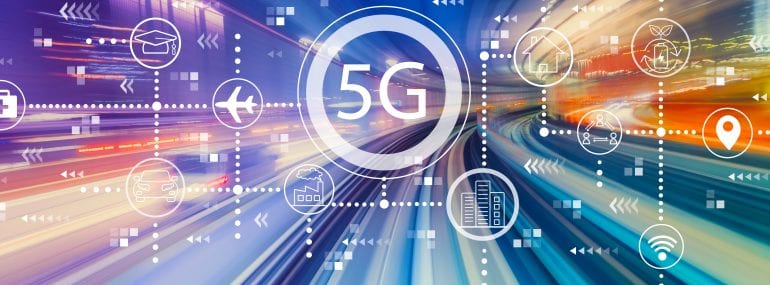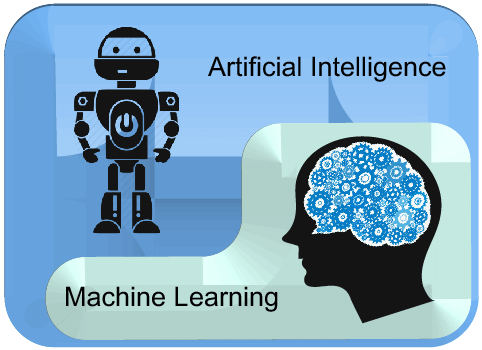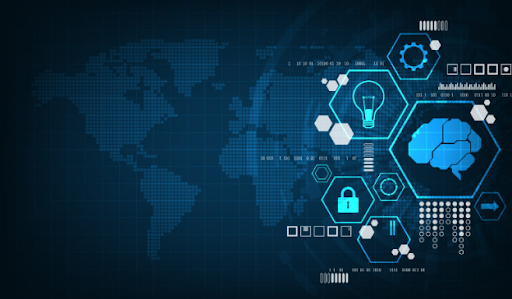The onset of the Covid 19 pandemic has brought about major shifts in our lives.
From financial services to business operations and from healthcare to education, every industry has had to make the transition to technology and digitalization, and that too very quickly.
In other words, the pandemic has accelerated the adoption of technological inventions which would have otherwise taken years or even decades to be recognized.
With concepts like work-from-home, online schooling, and medical consultations becoming the norm, the demand for internet-providing services like Spectrum Mobile, Cox, and Xfinity increased drastically.
The world has experienced how central technology is to our existence. Innovations in the field are expected to continue and increase in the post-pandemic world. Let’s have a look at some Technological Trends that are expected to drive the world in the future.
1. 5G Technology
5G is arguably the future of communication. The 5G networks are expected to be deployed between 2020-2030; this would enable zero-distance connectivity between machines and people. The faster internet connectivity would allow higher upload and download speeds as well as more stable connections.

Although the buzz surrounding 5G has been around for quite some time, the technology has not become mainstream yet. Nonetheless, it holds great potential to revolutionize the way mobile networks work and industries function. Given the pandemic, the 5G market may materialize sooner than it would’ve been in normal circumstances.
With large numbers of people studying, working and communicating from home, a need has been felt for better connectivity speeds and higher bandwidth. 5G is expected to address all these concerns and more.
2. Virtual Reality
The pandemic caused people to isolate themselves at home; this led to the increased use of VR headsets to not only explore virtual travel destinations and play video games but also interact with other humans through social VR platforms. Businesses have also experimented with these VR platforms to hold conferences and collaborate on projects virtually.
For example, scientists around the world turned to VR platforms to collaborate on Covid 19 research, treatment and vaccine. Since industries have realized the extent to which VR technology can be used, we can expect more virtual collaborations and conferences when the pandemic is over.
3. Artificial Intelligence
Artificial intelligence will impact every individual and every industry in the post-pandemic world. It is Al that has made technologies like robots and Big Data possible; it will continue to be a major technological innovator in the future as well. The application of AL would be particularly beneficial for those in the supply chain and retail sector.

Through advanced data analytics and machine learning, companies would be able to identify new purchasing patterns and deliver more personalized customer service. AI-enabled machines would forecast consumer behavior, recognize human speech and image, communicate with them and be able to make decisions as smartly as humans (perhaps even better). With such capabilities, consumer behavior would no longer be unpredictable and businesses would be able to organize logistics better.
4. Voice User Interface
Another trend that is expected to accelerate in the post-pandemic world is the use of touchless technologies. Because of the coronavirus people have become increasingly conscious about which surfaces they touch or come in contact with. The fear of the spread of germs, bacteria and viruses has popularized the concept of voice user interface (VUI). It can significantly reduce the number of times you need to touch a surface.
Since most of our communication is done verbally, voice usage is expected to be a major feature in the technologies of the post-pandemic world. TVs, light switches, alarm systems, appliances and other things would all be designed with a focus on voice control functionality. In this way, the need to touch things to operate them would be further reduced.
5. Blockchain Technology
The Covid 19 pandemic witnessed a lot of flaws in data storage and transfer systems/methods. Blockchain is different from other databases because of the way it stores data (in the form of blocks chained together). As new data comes in, a fresh block is made and chained onto the previous one. This maintains transparency and eliminates the chances of any manipulation (because of encryption).
Owing to these capabilities, Blockchain is the future of data transfer. Businesses can rely on this technology to maintain records, store confidential information and exchange data in a secure environment. Blockchain will be used in the future by industries including banking, healthcare, cybersecurity, cryptography and digital currencies like Bitcoin.

5. New Shopping & Payment Technologies
E-commerce has also changed to make the online customer experience more convenient and satisfying. While online shopping was already an option before the outbreak of the pandemic, it became the preferred mode of shopping because of lockdowns and quarantine. Also, the concepts of at-home fitting rooms and neo banks have become more familiar and their popularity is expected to grow in the near future.
Conclusion
The coronavirus crisis will have a long-lasting impact not just on our economy but also on the way we lead our day-to-day lives. It has made everyone realize that technology is not a luxury limited to entertainment; it is in fact a necessity to survive in the world of today and tomorrow. Hence, it’s important to welcome technological inventions, keep up with the trends and benefit from them in every aspect of our lives.

